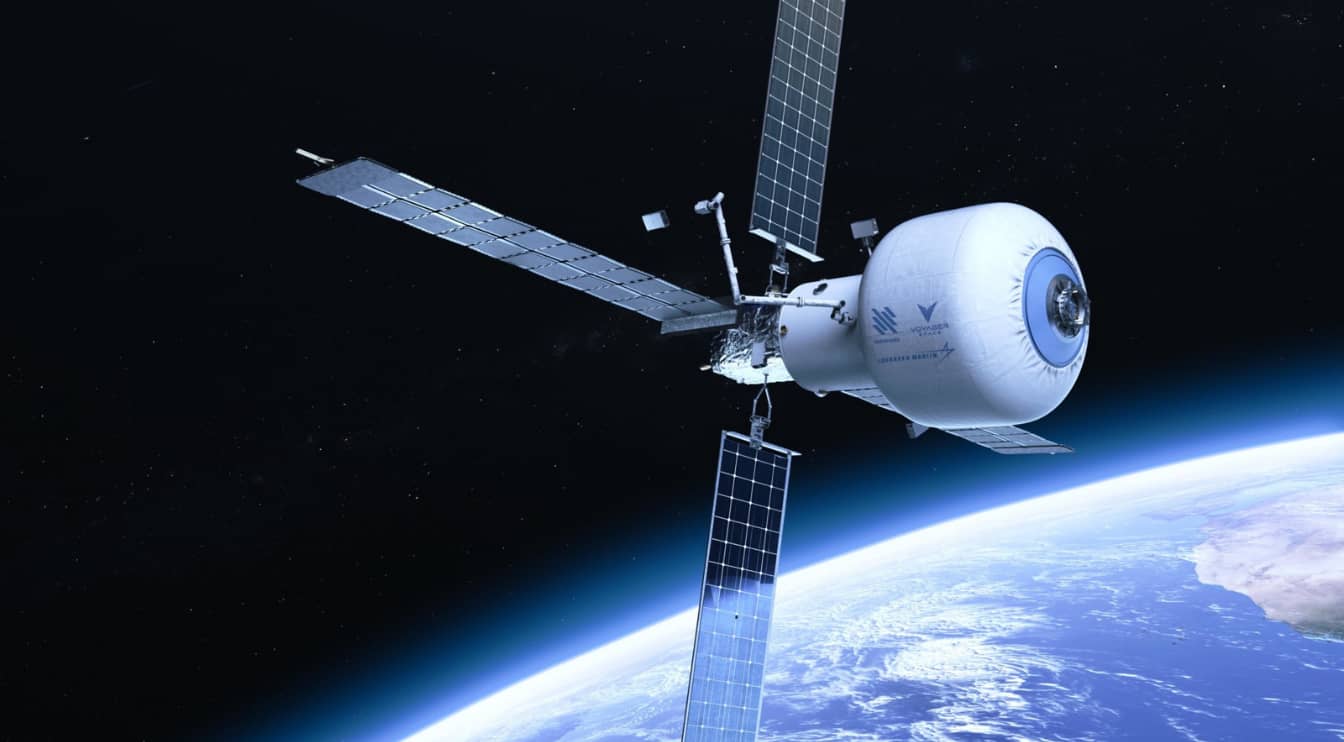Everyone is safe. But the 10th test flight will likely be delayed.
A Test Gone Wrong — But No One Hurt
On Wednesday night, one of SpaceX’s Starship rockets exploded during a ground test in Texas. Thankfully, no one was hurt, and SpaceX confirmed all team members are safe.
The blast happened during a routine engine test, known as a “static fire.” That’s when they fire up the engines without actually launching the rocket. It’s a common part of pre-launch prep — and luckily, the area around the rocket was cleared beforehand.
What Caused the Explosion?
SpaceX shared a quick update the next day. According to their early findings, a high-pressure tank in the rocket’s nosecone — called a COPV (short for Composite Overwrapped Pressure Vessel) — likely failed, triggering the explosion.
The blast caused some damage to the test area, but no homes or nearby communities were affected. The company emphasized that there’s no threat to the public.
Will This Delay the Next Launch?
Most likely, yes.
The Federal Aviation Administration (FAA) had already hinted that the next Starship flight — test number 10 — could happen as early as June 29. But after this incident, SpaceX will need time to figure out what went wrong and make fixes before they can move forward.
Elon Musk Weighs In
In a brief comment on X (formerly Twitter), Elon Musk downplayed the damage, saying it was “just a scratch.” Musk is known for staying optimistic during these types of setbacks, and this time is no different.
A Tough Year for Starship
This isn’t the first hiccup for the Starship program in 2025. Here’s a quick rundown of recent test flights:
- January: Starship exploded during its 7th flight.
- March: It failed again during flight 8.
- May: Flight 9 made it further than the others, but still didn’t complete its mission — it failed to release the test Starlink satellites it was carrying.
So far, no flight has gone perfectly this year. But SpaceX continues to make small improvements with each test.
Why Starship Matters

Starship isn’t just another rocket. It’s a big part of SpaceX’s future plans. The goal? Build a massive, reusable rocket that can carry people and cargo to the Moon, Mars, and maybe even beyond.
Some key facts about Starship:
- It’s made up of two parts: a 171-foot upper rocket (Starship) and a 232-foot booster (Super Heavy).
- It’s designed to be fully reusable, helping lower space launch costs.
- It’ll help launch Starlink satellites, which are key to SpaceX’s global internet project.
- SpaceX hopes it will eventually replace the Falcon 9, the rocket currently used for most of its missions.
What’s Next?
Despite this week’s setback, SpaceX isn’t slowing down. In fact, they’ve been calling 2025 a “transformational year” for the Starship program.
The FAA recently gave them the green light to run up to 25 launches this year out of Texas, up from just 5 last year.
SpaceX is also working on a bigger, more advanced version of the rocket — Starship Version 3 — which Musk says could fly later in 2025.
And the biggest goal of all? A Mars mission by 2026. Musk says there’s a “50/50” chance it happens.
Quick Takeaways
- One of SpaceX’s Starship rockets exploded during a test on June 19 in Texas.
- The cause seems to be a failed pressure tank inside the rocket’s nose.
- No one was injured, and nearby communities are safe.
- The planned 10th test flight will likely be delayed.
- Starship has had multiple failures this year — but each test is getting closer to success.
- SpaceX is still aiming to reach Mars by 2026.
Wrapping It Up
Setbacks like this are frustrating, but they’re part of the process when you’re building something as ambitious as Starship. SpaceX has a long history of failing fast and bouncing back stronger. While the explosion isn’t ideal, it’s not the end of the road — far from it.
If anything, it’s another step toward getting Starship where it needs to go.
Stay tuned as SpaceX continues testing, rebuilding, and reaching for the stars.
